Introduction
In May, 2025 I traveled to Kraków, Poland to attend a work conference. I took advantage of the opportunity, extended the trip several days, rented a car and then visited the three hometowns of our Polish and Rusyn ancestors: Agnes Szwalec, Michael Szczygiel and Metro Fesh and Christina Rotko.
Łęki Górne - Agnes Szczygiel (née Szwalec)
Situated in a quiet valley outside of Tarnow, Poland, the village of Łęki Górne is a small, rural community with a population of around 1700. The village consists mainly of a single principal road running east to west lined with houses, a couple of small stores, a school and a fire department. At the far eastern end of the village lies the church, a large modern structure with a tall bell tower and a large parking lot. Across the street from that modern church sits the old Church of St. Bartholomew, a much smaller building made from wood, built originally in 1484.
It was here in St. Bartholomew's church on February 1st, 1891 that parents Florianus Szwatec and Anna Orzechawski baptised their newborn daughter Agnes Swalec. Agnes was the fourth of eventually seven children that Florianus and Anna would have together. Anna would pass away only a few months after giving birth to Agnes' youngest sibling, Stanislaus, in May 1899 when Agnes was only eight years old. Florianus lived until the age of 56, passing away in 1915.
Agnes, at eighteen years of age, would leave Łęki Górne for the United States, settling in Chicago and meeting and eventually marrying Michael Szczygiel in September of 1911. With four children - Catherine, Walter, Mary and Agnes - in tow, the family relocated to Everson, Pennsylvania sometime around 1918. Stanley Joseph Siegel (Szczygiel) was born in Everson on February 7th, 1923.
I arrived in Łęki Górne on crisp and cool Friday morning in mid-May, after making the hour drive over from Kraków. The village was quiet, with only a few people out and about. I stopped to ask a couple that was outside their home doing some yard work where I might find an old cemetery, but I quickly realized that they did not speak English. They were kind enough to call the husband's brother, who spoke a little English, and he was able to direct me to the old church after admitting that he didn't know of any old cemetery in the village. I visited the old wooden church, took plenty of pictures, but unfortunately could not enter to see the interior.
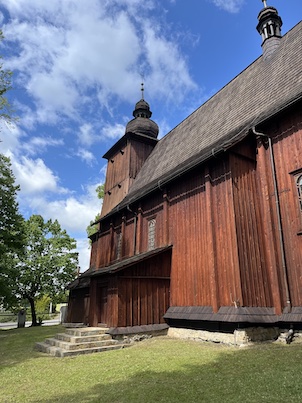
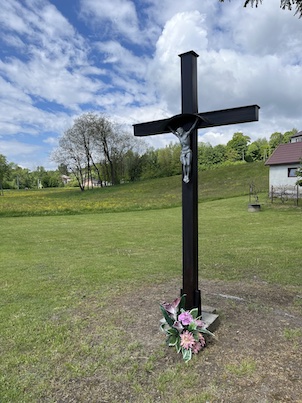
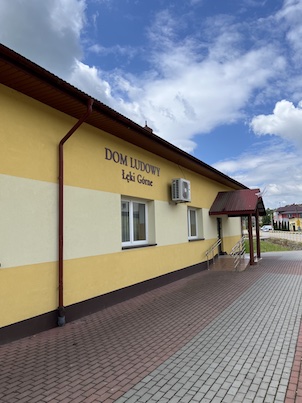
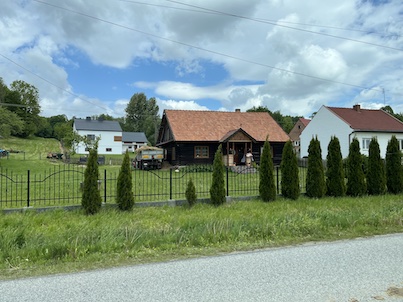
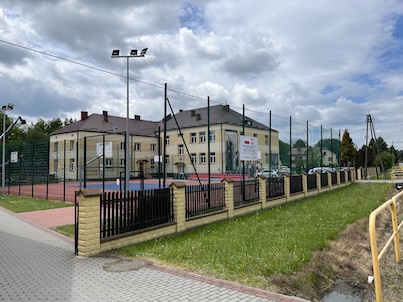
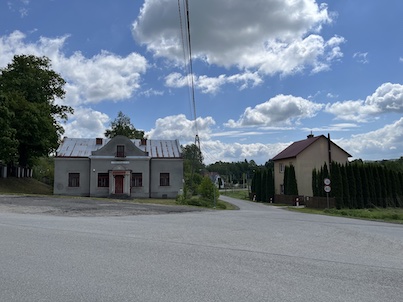
Sietesz - Michael Szczygiel
A bit larger than Łęki Górne, Sietesz, Poland is located southeast of the city of Rzeszów, maybe an hour's drive away from the Ukrainian border. Sietesz is a long and narrow village, with many homes and small stores and businesses crowded along two main roads that run parallel to each other. The village is surrounded by rolling hills and farmland, with fields of crops stretching out in all directions.
Michael Szczygiel was born to parents Jana and Rosalia (née Mendzela) Szczygiel in Sietesz on October 29th, 1889, the oldest of five children. At age eighteen, Michael left Sietesz for the United States, where he would eventually meet and marry Agnes Swalec in Chicago, Illinois in 1911.
On December 15, 1928, at age 39, Michael ended his own life while in custody at the Everson jail, widowing Agnes who was at the time pregnant with the youngest of their ten children, Thomas Szczygiel. Agnes raised the children on her own, eventually passing away at age 72 in 1963.
I spent several hours during an afternoon in Sietesz, mainly walking the large cemetery looking for Szczygiel, Mendzela and other, older family names. While the cemetery is large and well-maintained, with many old and new graves, I only found a few Mendzela graves, and a few other, older generation surnames (Piórkowski, Bulas) on graves. I did not find any Szczygiel graves.
From some research I did on Sietesz before the trip, I had learned that just outside of the village was a natural spring whose waters were purported to have healing powers. The spring is so revered that a small religious shrine has been built next to it, and has become a popular pilgrimage site for locals and visitors alike. After visiting the cemetery, I drove out of the village down a dusty, dirt road and found the spring and shrine nestled at the junction of two fields. When I arrived an elderly married couple was steadfastly filling two dozen or so large plastic bottles with water from the spring. I motioned to them that I wanted to sip from the spring, and they were kind enough to give me one of their already filled bottles to drink from.
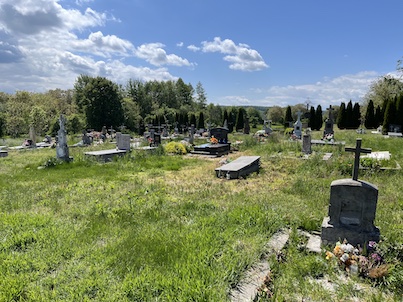
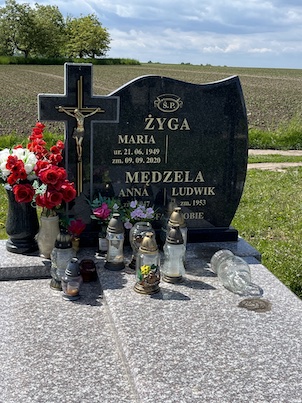
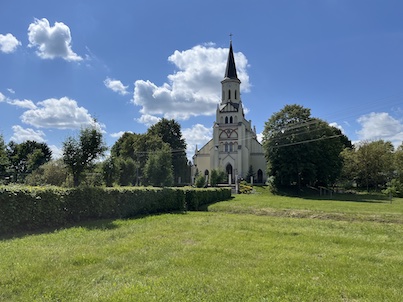
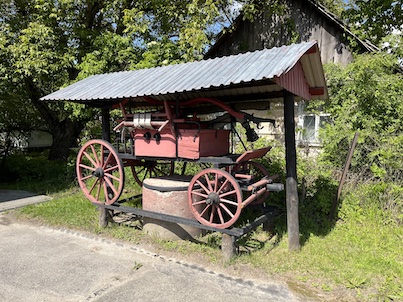
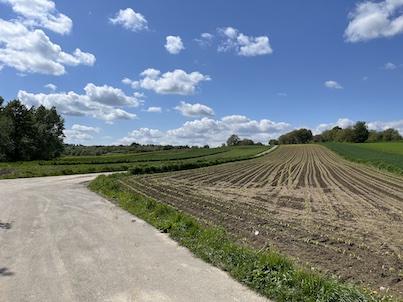
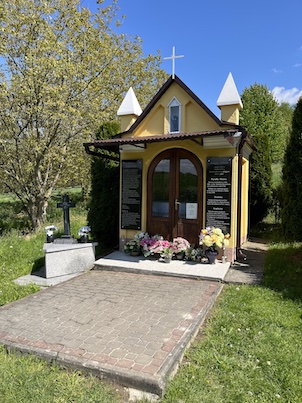
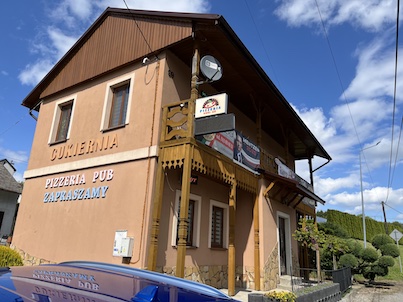
Banica - Dmitry Fesz (Metro Fesh) and Christina Rotko
Banica is an abandoned Łemko village that sat in the mountainous, "Lower Beskids" region of Poland, only a few miles from the modern day border of Slovakia. The Lemko people, an East Slavic ethnic group native to the Carpathian Mountains, lived for centuries in southeastern Poland with a distinct culture and language influenced by both Ukrainian and Rusyn traditions. After World War II, they were forcibly displaced during Operation Vistula in 1947, when the Polish communist government resettled them across western and northern Poland in an effort to suppress Ukrainian nationalism and assimilate minority groups.
Dmitry (Metro) Fesz and Christina Rotko were both born in Banica in 1884 and left for the United States, separately I believe, in the early 1900s. No definitive record of either of their immigrations has been found, save for a ship manifest record of Dmitry's brother Andrej Fesz, who arrived at Ellis Island in New York City 1909 from Banica and had listed his destination as Scottdale, PA and the person he was going to stay with there as his brother Dmitry Fesz. Andrew Fesh ultimately moved to Carnegie, PA, where several Fesh descendants still live today.
Metro and Christina married in Greensburg, Pennsylvania in 1912. They had six children altogether: Annie, Michael, Elizabeth, Mary, William and Antoinette with unfortunately Annie dying in infancy in 1912, and William dying at age three due to severe burns from an accident with the family furnace. Christina would live to be 83 years old and die in 1967, with Metro living a few more years until 1969, passing away at age 84.
For many years before my trip, I had known about and had looked forward to visiting Banica. Through past genealogical research, I had identified its location and come across photos of its old wooden church — a quintessential example of the churches built by the Łemko people — and I was eager to finally see it in person.
I arrived in Banica on a Sunday morning, just prior to the 11:00 AM service, and was greeted by several members of the congregation as well as the priest as they walked from the village towards the church. With the translation help of two teenagers that had been walking by, I was able to explain that I was a descendant of the Fesz and Rotko family and that I had traveled from the United States to visit the village and church. To my surprise, the priest - after conversing with an elderly woman from the congregation for a few minutes - told me that no Fesz or Rotko families ever lived in this village. Moreover, they explained that there was a second "Banica" village, an abandoned one, that was located about fifteen miles further away, up in the mountains, and that it was there that the Fesz and Rotko families likely had lived.
I was stunned by the development - and immediately returned to my hotel where I spent a couple of hours researching to discover and learn about the "other" Banica. I learned that indeed there was a Łemko village with the same name that had been abandoned in the 1940s. This Banica had no church or priest, but did have a a community building that served as a religious meeting place for the village. I then learned about Operation Vistula, the forced resettlement of the Łemko people in 1947, which ultimately led to the abandonment of the village. From Google Maps, I was able to find the location of the abandoned village, and I could see that it housed today a single building - a farm that was run as a type of agro-tourism business.
The next morning I drove over to the farm on the site of the abandoned Banica village, and was greeted by one of the owners. He spoke excellent English and welcomed me to walk and explore the farm property after I explained that I was a descendant of families that had lived in the village. He told me he knew all about the history of the village and the Łemko people, and even directed me to exactly where I could find the final remaining remnants of the village - the metal spire of the village's communal religious building, which finally collapsed the 1980s, was still sitting in the corner of a field. I spent an hour or so touring the farm, visiting and taking photos of the site of the old village. I talked again with the owner as I was leaving, and at that time showed him the actual details of my family tree, which I had printed on a piece of paper. He read the last names and nonchalantly said "Rotko? Well that's my neighbor's last name" I was stunned again, realizing that I had just found a distant relative. The owner walked me over to the edge of the property to get a clear view of his neighbor's house, and - judging by the lack of a truck parked outside - told me that unfortunately he was not home. Given that I only a few hours left before I had to return my rental car in Kraków, I couldn't wait around for him to return. I took a photo of the house and set out on my return trip.
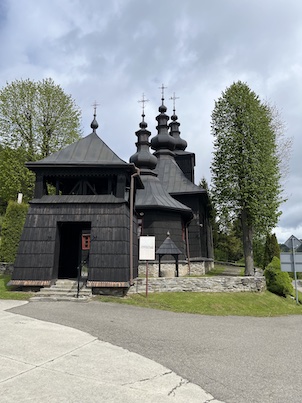
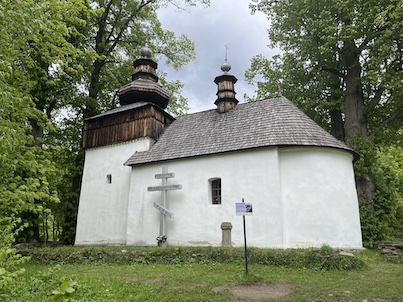
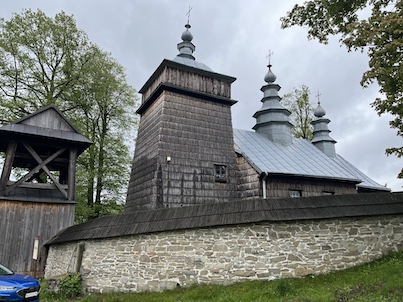
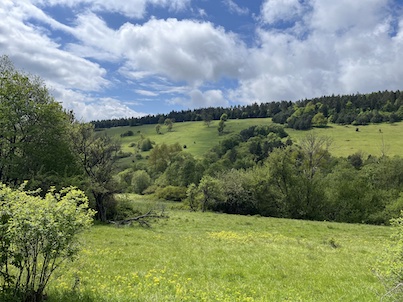
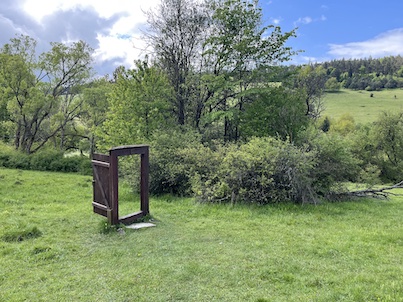
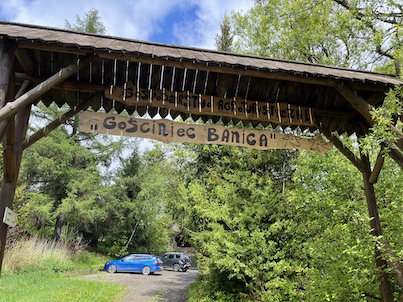
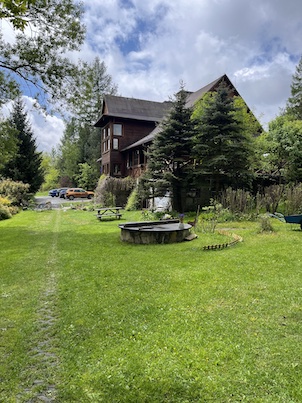
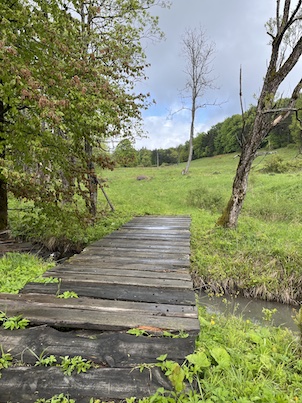
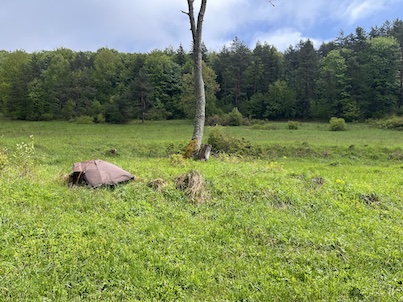
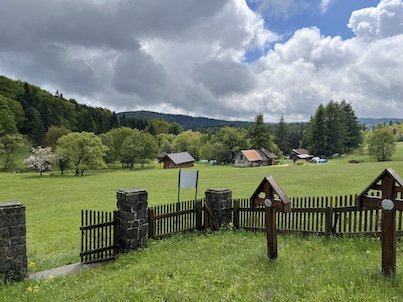
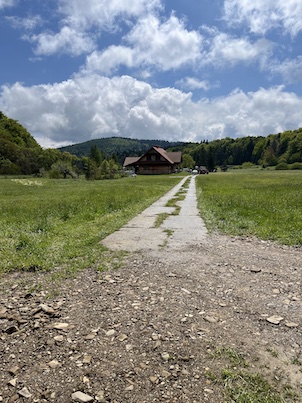

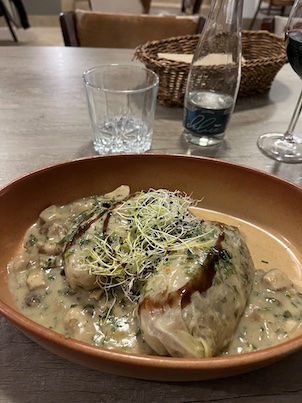
Final Thoughts
The four days I spent visiting these villages were incredibly rewarding and interesting. I was able to meet locals, walk the land our ancestors once knew, and enjoy authentic Polish and Łemko food along the way.
One thing that stood out to me — immediately and unmistakably — was how familiar the geography felt. It’s clear why our ancestors chose western Pennsylvania: the hills, the valleys, and the wooded ridgelines of Fayette County look remarkably like the landscapes around Sietesz and Łęki Górne. The Lower Beskids, in particular, are essentially the Laurel Highlands on a grander scale.
Google Map Links
July, 2025 - Darren Siegel